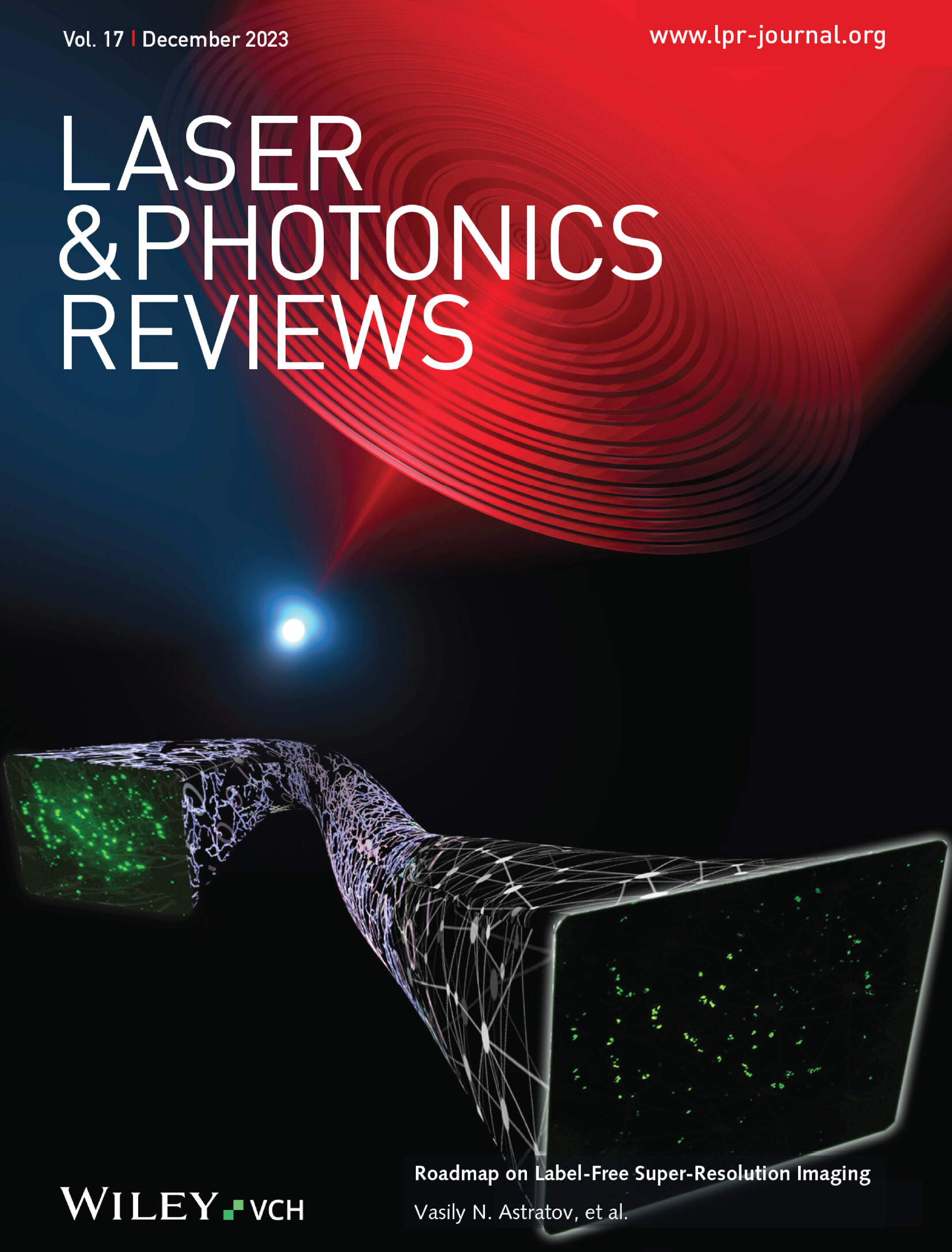1D Core–Shell Radial Heterojunction for High-Performance and Self-Powered Broadband Photodetector
IF 9.8
1区 物理与天体物理
Q1 OPTICS
引用次数: 0
Abstract
Through strategic engineering of component composition and energy band alignment, 1D core–shell nanostructures can be precisely designed as suitable radial heterostructures to confine the optical field and regulate carrier transport. These core–shell structures synergistically integrate and extend the functionalities of individual materials or devices. By integrating a p-type narrow-band Se material with an n-ZnO core, a 1D ZnO/Se core–shell radial heterojunction is fabricated for a self-powered broadband photodetector (PD). This 1D ZnO/Se core–shell radial heterostructure exhibits there main advantages: 1) forming a radial channel to make carriers transport more efficiently; 2) improving the efficiency of carrier transport and collection by introducing the high conductivity of Se layer; 3) passivating the surface defects of ZnO by Se shell layer. As a result, this core–shell radial heterojunction demonstrates high responsivity and detectivity across UV to visible light spectrum, with fast photoresponse times of 377/532 µs for rise/decay. These results revealed the superiority of 1D core–shell radial heterojunction in high-performance PDs, showing great potential for application in the development of advance optoelectronic devices.

求助全文
约1分钟内获得全文
求助全文
来源期刊
CiteScore
14.20
自引率
5.50%
发文量
314
审稿时长
2 months
期刊介绍:
Laser & Photonics Reviews is a reputable journal that publishes high-quality Reviews, original Research Articles, and Perspectives in the field of photonics and optics. It covers both theoretical and experimental aspects, including recent groundbreaking research, specific advancements, and innovative applications.
As evidence of its impact and recognition, Laser & Photonics Reviews boasts a remarkable 2022 Impact Factor of 11.0, according to the Journal Citation Reports from Clarivate Analytics (2023). Moreover, it holds impressive rankings in the InCites Journal Citation Reports: in 2021, it was ranked 6th out of 101 in the field of Optics, 15th out of 161 in Applied Physics, and 12th out of 69 in Condensed Matter Physics.
The journal uses the ISSN numbers 1863-8880 for print and 1863-8899 for online publications.

 求助内容:
求助内容: 应助结果提醒方式:
应助结果提醒方式:


